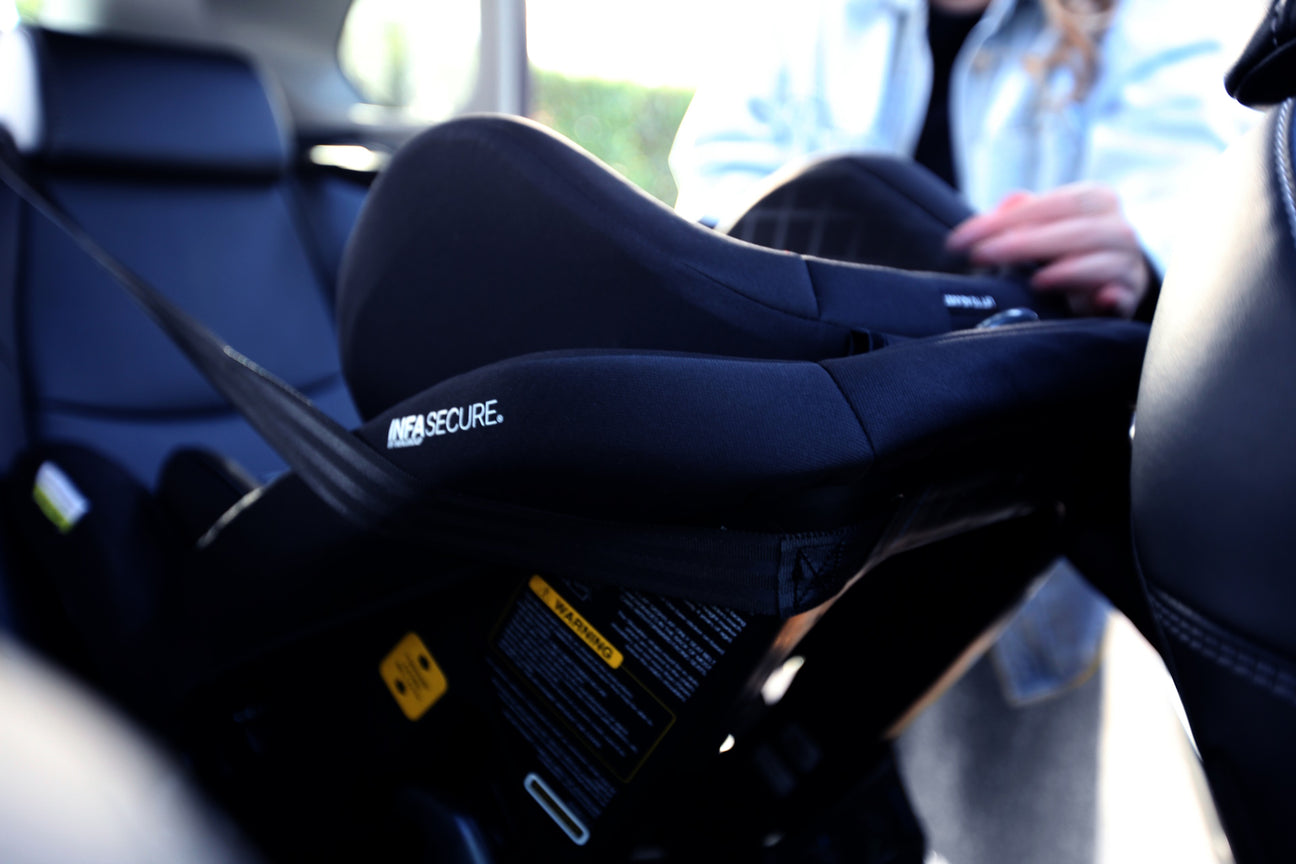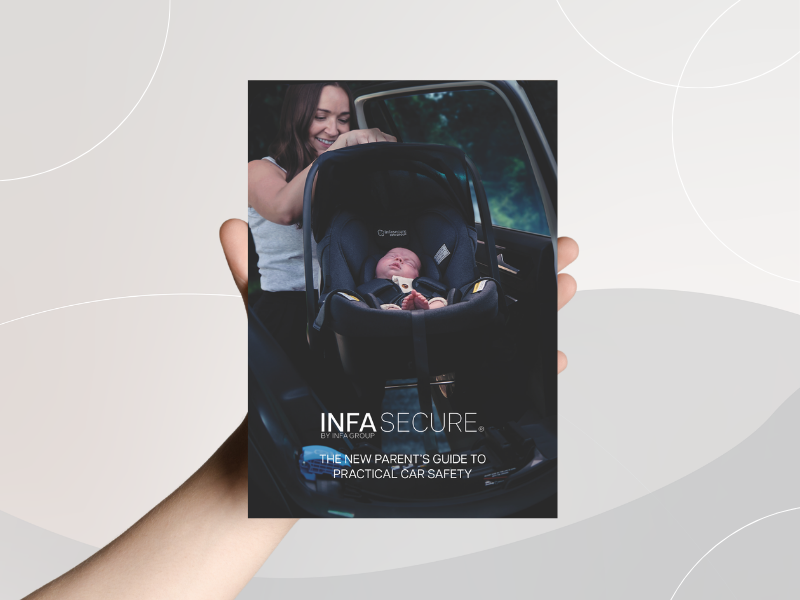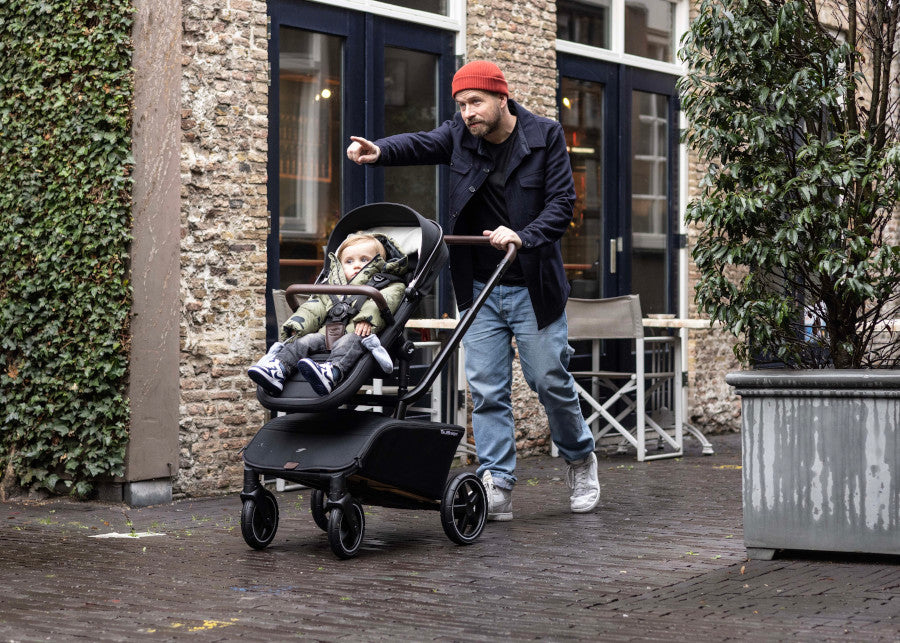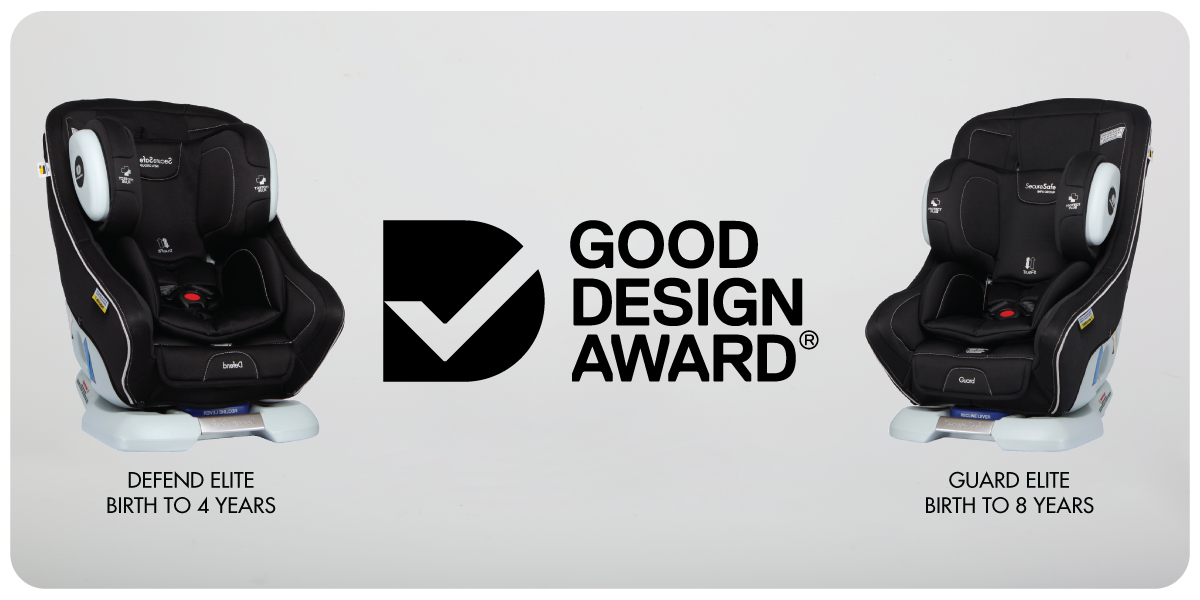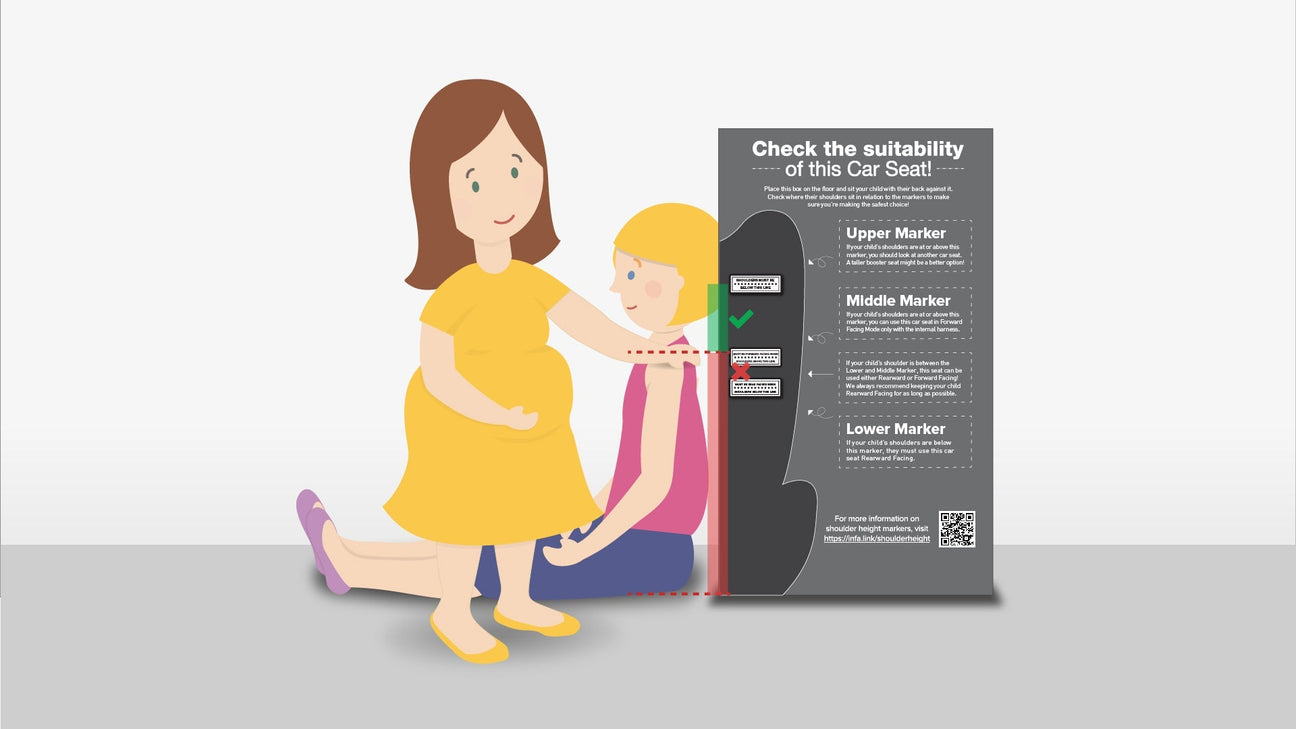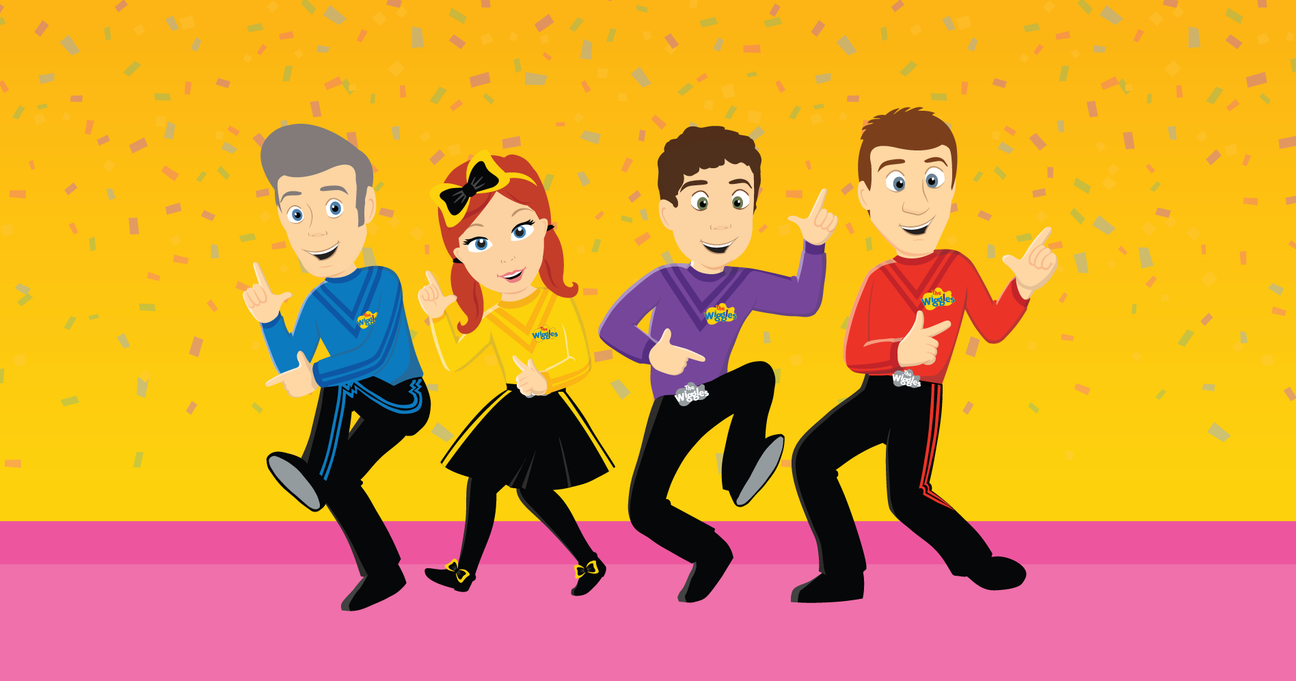Rearward facing is the safest way for babies and younger children to travel. While the law states that children can move to a forward facing restraint from 6 months onwards, it is safest to have children continue to rearward face for as long as the car seat allows.
Why is rearward facing safer?

Rearward facing seats are designed to better support a young child's head, neck and spine. During an impact, your child's body is cradled in the seat while the crash forces are distributed across the shell of the seat. In a forward facing seat, a child's head and body is thrust forward with the crash forces, and the harness is the main point of contact.
In small children, this has the potential to cause serious injury as their muscles and bones are not yet developed enough to support themselves during an impact, unlike an adults body. Many parents turn their babies forward facing at 6 months old believing it's a milestone, however it is much safer to keep them rearward facing for as long as possible.
Here's a few things you may not have known about rearward facing:
1. Rearward facing after 6 months old is often called Extended Rearward Facing (ERF)
But it should probably just be called 'rearward facing'. The use of the word 'extended' makes it sound alternative or unusual - help us make it normal!

Finn, aged 1 year and 9 months rearward facing in Cadence Signature.
2. In Australia, you can legally rearward face children while they are under the appropriate shoulder height marker
As long as they are under the rearward facing shoulder height marker on the car seat, they can continue to rearward face. Even though the National Road Rules state children 4+ must be in a forward facing seat or booster seat, because children come in so many different shapes and sizes, there is an exception for smaller children who are still under the marker.
"If your child is too small for the child restraint specified for their age, they should be kept in their current child restraint until it is safe for them to move to the next level."
- Excerpt from the Transport for NSW National Road Rules page.
3. It's ok for feet to touch the back seat of the vehicle
Some parents may worry about their child being uncomfortable like this. Children often don't know any different if they haven't forward faced, and will find a comfortable position for their legs.

Amelia, aged 4, rearward facing in Cadence Signature.
4. It's important to check the harness height of your rearward facing child
The harness should be fitted through the slots and positioned as CLOSE TO AND ABOVE the child's shoulders, NEVER BELOW.
5. There's a large range of seats that offer ERF to suit all budgets
You can see all of our Extended Rearward Facing car seats here! 🎉🚗
Do you have any other important tips about rearward facing? Let us know in the comments!








